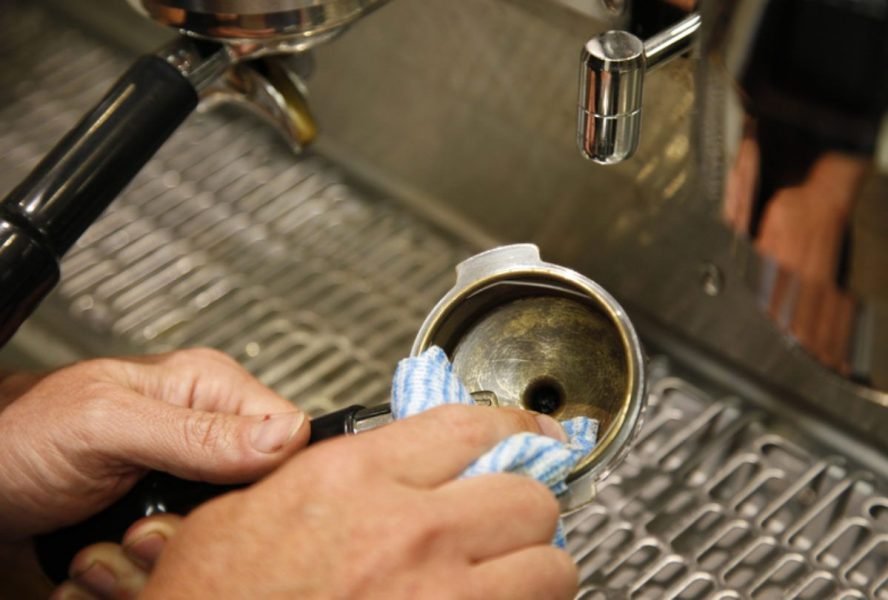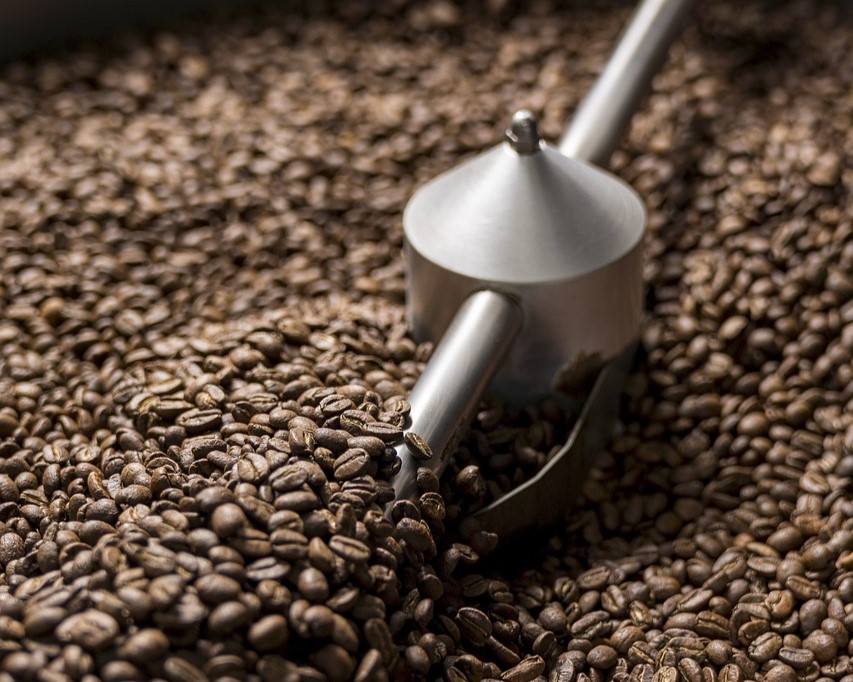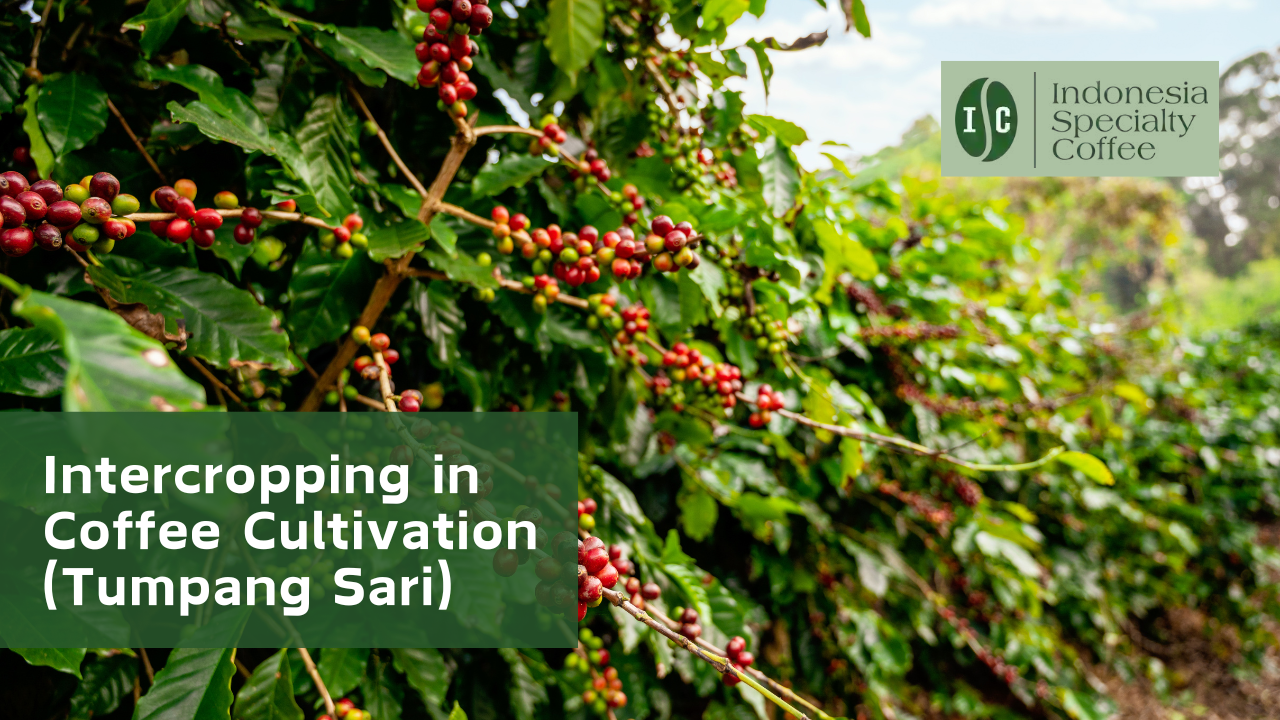In a world dominated by convenience and instant gratification, there’s a growing community of coffee enthusiasts who have embraced the art of roasting their own coffee beans at home. Roasting coffee at home is not only a delightful and aromatic experience but also allows you to control the flavor profile of your coffee to suit your taste preferences. In this comprehensive guide, we will take you through the step-by-step process of roasting your own coffee beans, from selecting the right beans to enjoying that perfect cup of home-roasted coffee.
Choosing Your Coffee Beans: A Quest for Flavor and Quality
The journey to a great cup of home-roasted coffee begins with selecting the right beans. Start with high-quality, green coffee beans, which can be sourced from local roasters or reputable online suppliers. Look for beans that are fresh, preferably from the current harvest, as coffee beans tend to lose flavor over time. Experiment with different varieties and origins to discover the flavor profiles that appeal to your taste buds.
The journey into the world of roasting your own coffee beans at home begins with a crucial decision: choosing the right coffee beans. The process of selecting beans is not just about picking up any bag from the supermarket shelf; it’s a nuanced exploration of origins, varieties, and flavor profiles. In this section, we’ll delve into the key considerations for choosing your coffee beans and how this decision shapes the entire roasting experience.
- Understanding Coffee Bean Varieties: Coffee beans come in various varieties, each with its unique characteristics. The two primary types of coffee beans are Arabica and Robusta. Arabica is known for its nuanced flavors, higher acidity, and aromatic qualities, making it a favorite among connoisseurs. Robusta, on the other hand, tends to have a stronger, more bitter taste with a higher caffeine content. Your preference for one over the other will depend on your taste preferences.
- Exploring Coffee Origins: Just as wine enthusiasts appreciate the concept of terroir—the influence of geography on wine—coffee lovers understand the significance of the origin of their beans. Different regions around the world produce coffee with distinct flavors. For example, Ethiopian coffee often features fruity and floral notes, while Central American beans may showcase bright acidity and chocolate undertones. Experimenting with beans from various origins allows you to discover the vast spectrum of flavors coffee has to offer.
- Choosing Between Single-Origin and Blends: Single-origin coffee is sourced from a specific region or even a single farm, offering a pure expression of the unique characteristics of that area. Blends, on the other hand, combine beans from different regions to achieve a balanced and complex flavor profile. Both options have their merits, and the choice between them depends on whether you prefer the clarity of a single origin or the harmony of a well-crafted blend.
- Considering the Processing Method: The processing method used to prepare coffee beans for roasting also influences their flavor. There are two primary processing methods: washed (or wet) and natural (or dry). Washed beans undergo fermentation to remove the pulp before drying, resulting in a cleaner and brighter flavor. Natural processing involves drying the whole cherries, imparting a fuller body and often a fruitier taste. Understanding these methods can help you select beans that align with your flavor preferences.
- Freshness Matters: The freshness of the beans is paramount. Coffee is at its best within a few weeks of roasting, as it undergoes chemical changes over time, losing its vibrancy and complexity. When choosing beans, look for those with a recent roast date. If possible, buy from local roasters who prioritize freshness and transparency about the roast date.
- Consider Your Roasting Style: Your roasting style and equipment can influence the type of beans you choose. Some beans are better suited for light roasts, preserving their nuanced flavors, while others may shine in a darker roast, emphasizing their body and richness. As you become more familiar with the roasting process, you’ll develop preferences for specific beans that align with your desired roast levels.
In conclusion, the process of choosing your coffee beans is a journey of exploration and discovery. It’s about understanding the nuances of coffee, appreciating the impact of origin and processing, and ultimately selecting beans that resonate with your taste buds. Embrace the diversity of coffee, experiment with different varieties, and let the journey of selecting beans be as enriching as the process of roasting itself. After all, the quality and character of your home-roasted coffee start with the beans you choose.
Equipment Needed
Roasting coffee at home doesn’t require a fancy setup, but there are a few essential pieces of equipment you’ll need:
- Green Coffee Beans: As mentioned earlier, choose high-quality green coffee beans.
- Coffee Roaster: There are various options available, from dedicated coffee roasters to popcorn poppers and even using a cast-iron skillet. Each method has its nuances, so choose one that fits your budget and preferences.
- Ventilation: Roasting coffee produces smoke, so ensure proper ventilation in your roasting area. If roasting indoors, consider using a vent or an open window.
- Scale: Accurate measurements are crucial for consistency. Use a digital scale to weigh your green coffee beans and monitor the roasting process.
- Timer: Precision is key, so a timer will help you keep track of the roasting time.
- Cooling Equipment: After roasting, the beans need to cool quickly. A colander or a dedicated cooling tray can be used for this purpose.
The Roasting Process
Now that you have your equipment ready, let’s dive into the roasting process:
- Preheat Your Roaster: If you’re using a dedicated coffee roaster, preheat it to the recommended temperature. This ensures even roasting from the start.
- Measure Your Beans: Weigh the desired amount of green coffee beans. Keep in mind that they will lose weight during the roasting process.
- Load the Beans: Place the green coffee beans into the roaster, ensuring an even layer for consistent roasting.
- Monitor the Roasting Process: Watch as the beans go through different stages: drying, first crack, and, if desired, second crack. The first crack is where the magic happens, and the sugars in the beans caramelize, creating complex flavors.
- Adjust for Desired Roast Level: Stop the roasting process based on your preferred roast level—light, medium, or dark. Experimentation is key to finding the roast that suits your taste.
- Cool the Beans: Immediately transfer the roasted beans to your cooling equipment to halt the roasting process. Stirring them during cooling helps dissipate heat.
Storage and Freshness
Once you’ve roasted your coffee beans, it’s crucial to store them properly to maintain their freshness:
- Allow for Degassing: Freshly roasted coffee beans release gases for a day or two after roasting. Let them degas before sealing them in an airtight container.
- Store in a Cool, Dark Place: Keep your roasted beans away from direct sunlight and heat, as these can compromise the flavor.
- Grind Just Before Brewing: For the freshest cup, grind your coffee beans just before brewing. This preserves the volatile aromatic compounds that contribute to the flavor.
Experimentation and Enjoyment
Roasting your own coffee beans is both a science and an art. Don’t be afraid to experiment with different beans, roasting times, and methods to discover your perfect cup. Take notes along the way to track what works best for you.
In conclusion, roasting your own coffee beans at home is a rewarding journey that allows you to connect with the coffee-making process on a deeper level. It’s an exploration of flavors, aromas, and the sheer joy of crafting a cup of coffee that is uniquely yours. So, don your home-roaster hat and embark on this flavorful adventure—one roast at a time.






